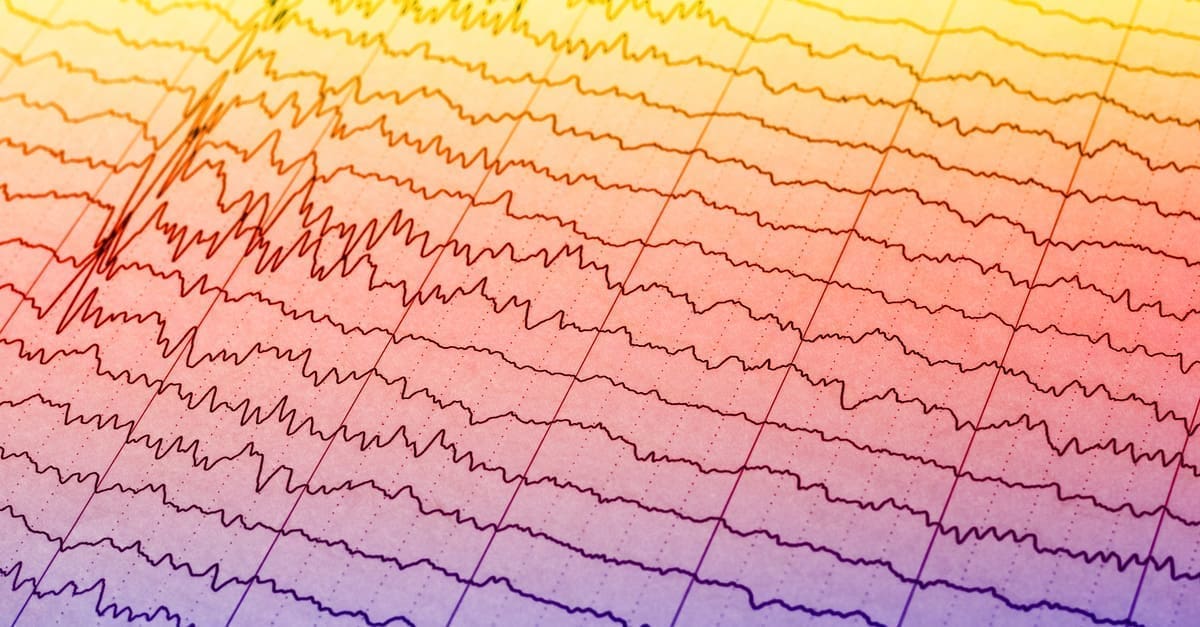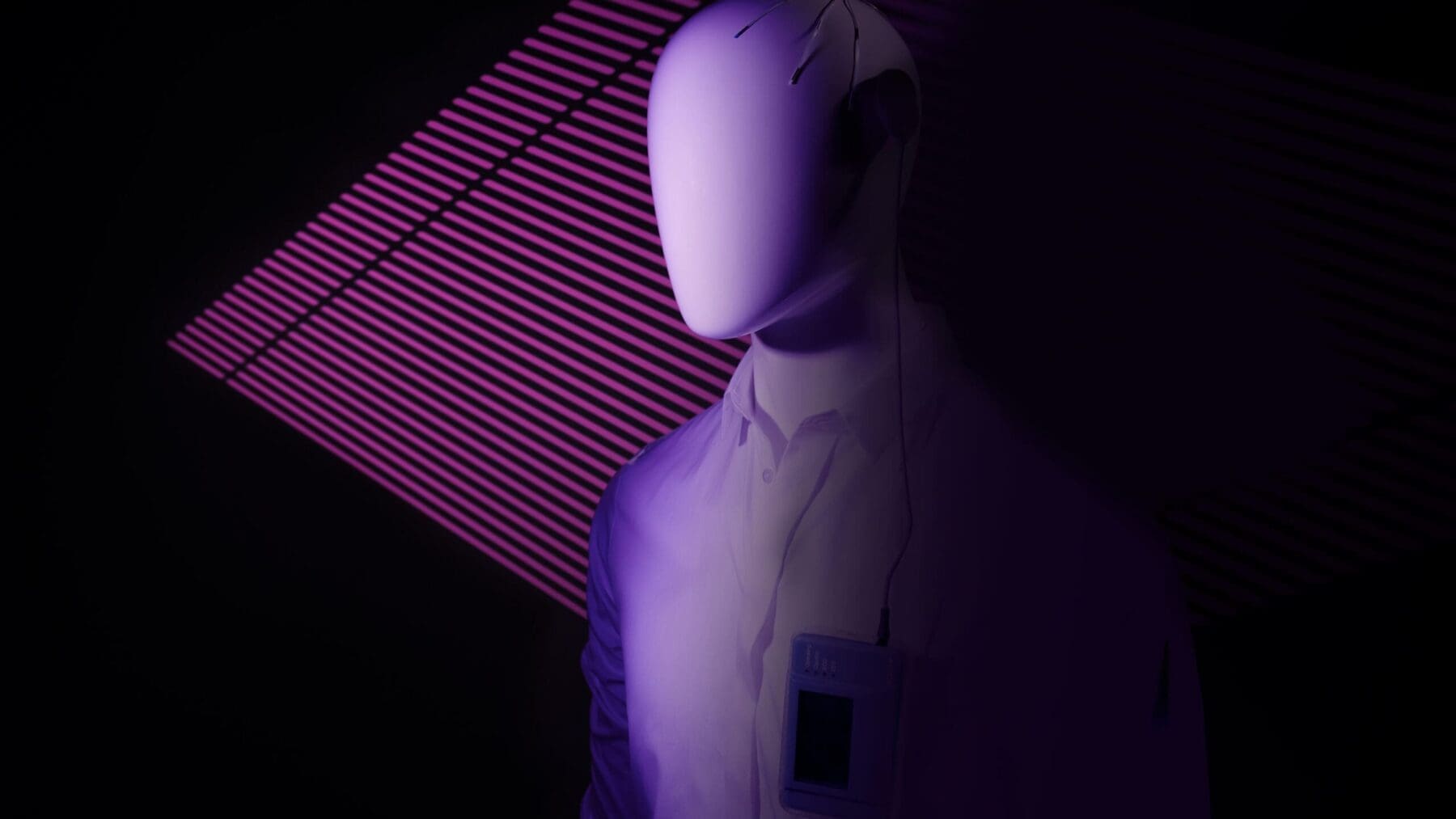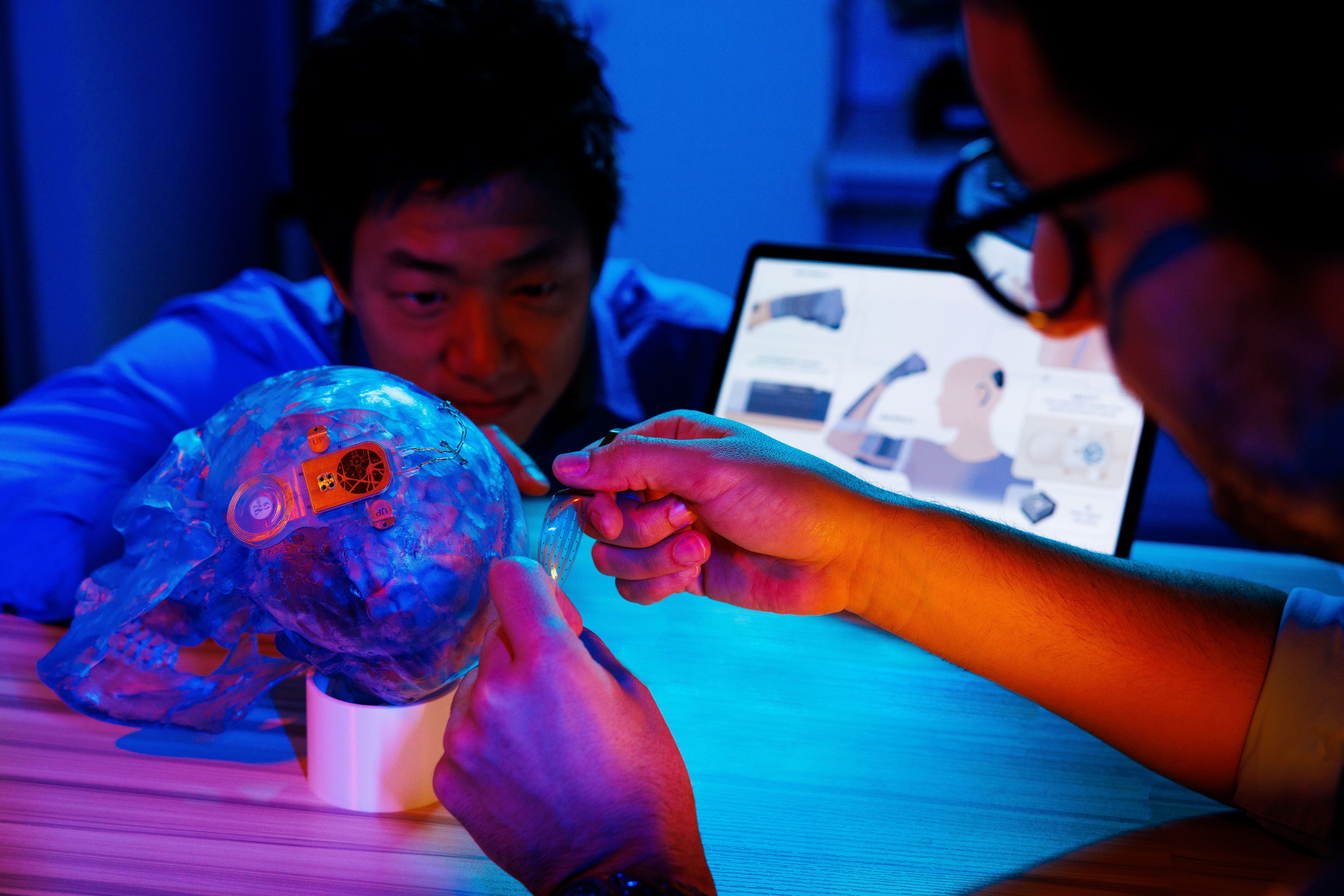Implanted electrodes reveal long-term patterns of seizure risk
A new study published online January 8 in Nature Communications has found that weekly-to-monthly cycles of brain activity are linked to seizures in people with epilepsy. The finding suggests it may soon be possible for clinicians to identify when people are at highest risk for seizures, allowing them to plan around these brief but potentially dangerous events.
Epilepsy is a chronic disease characterized by recurrent seizures – brief storms of electrical activity in the brain that can cause convulsions, hallucinations, or loss of consciousness. Epilepsy researchers around the world have been working for decades to identify patterns of electrical activity in the brain that signal an oncoming seizure, but with limited success.
“Having a sense of when seizures are likely to occur is arguably almost as important as fully controlling seizures, which is unfortunately not always attainable” said study first author Maxime Baud, MD, PhD, Staff neurologist at the Wyss Center and epileptologist at the University of Bern.
“One of the most disabling aspects of having epilepsy is the seeming randomness of seizures. If your neurologist can’t tell you if your next seizure is a minute from now or a year from now, you live your life in a state of constant uncertainty, like walking on eggshells. The exciting thing here is that we may soon be able to empower patients by letting them know when they are at high risk and when they can worry less.” Confirmed senior author Vikram Rao, MD, PhD, an assistant professor of neurology at UCSF and member of the UCSF Weill Institute for Neurosciences.
At UCSF Rao has pioneered the use of an implanted brain stimulation device that can quickly halt seizures by precisely stimulating a patient’s brain as a seizure begins. This device, called the NeuroPace RNS® System, has also made it possible for Rao’s team to record seizure-related brain activity for many months or even years in patients as they go about their normal lives. Using this data, the researchers have begun to show that seizures are less random than they appear. They have identified patterns of electrical discharges in the brain that they term ‘brain irritability’ that are associated with higher likelihood of having a seizure.
The new study, based on recordings from the brains of 37 patients fitted with NeuroPace implants, confirmed previous clinical and research observations of daily cycles in patients’ seizure risk, explaining why many patients tend to experience seizures at the same time of day. But the study also revealed that brain irritability rises and falls in much longer cycles lasting weeks or even months, and that seizures are more likely to occur during the day-long rising phase of brain irritability. The lengths of these long cycles differ from person to person but are highly stable over many years in individual patients, the researchers found.
The researchers show in the paper that when the highest-risk parts of a patient’s daily and long-term cycles of brain irritability overlap, seizures are nearly seven times more likely to occur than when the two cycles are mismatched.
“This is an unprecedented opportunity for a paradigm shift in the care of epilepsy patients” Baud said. “Continuous access to high quality, long-term data necessary to understand the patterns of brain activity could make a difference for people with epilepsy. I hope that this is the first step in developing a seizure forecasting system that can be made widely available to people with epilepsy and allow them to take back control of their lives.”
“I like to compare it to a weather forecast,” Rao said. “In the past, the field has focused on predicting the exact moment a seizure will occur, which is like predicting when lightning will strike. That’s pretty hard. It may be more useful to be able to tell people there is a five percent chance of a thunderstorm this week, but a 90 percent chance next week. That kind of information lets you prepare.”
The team is now using this data to develop a new approach to forecasting patients’ seizure risk, which could allow patients to avoid potentially dangerous activities such as swimming or driving when their seizure risk is highest, and to potentially take steps (such as additional medication doses) to reduce their seizure risk, similar to how people with asthma know to take extra care to bring their inhalers when pollen levels are high.
The Wyss Center is developing a minimally invasive device that will offer an alternative to current epilepsy monitoring methods. The device will use flexible electrodes that slip under the skin of the skull for chronic recordings of brain activity allowing people with epilepsy to continue with their daily lives.
George Kouvas, Program Manager at the Wyss Center said: “Continuous, long-term, outpatient epilepsy monitoring is crucial to help people with epilepsy live their lives as fully as possible. The electrodes of our device are inserted beneath the scalp but outside the skull to continuously gauge global brain activity over timescales of months to years. This will not only enable objective monitoring, but most importantly will inform data-driven, timely decisions for improved treatment strategies and quality of life.”
Maxime Baud, MD, PhD, is a former UCSF neurology resident. After training as an epileptologist at the University of Geneva, he is now practicing at the University of Bern, and contributing to projects at Wyss Center for Bio and Neuroengineering in Geneva, Switzerland. Additional authors are Jonathan K. Kleen, MD, PhD, and Edward F. Chang, MD, of UCSF; Emily A. Mirro of NeuroPace, Inc. in Mountain View; Jason C. Andrechak of the University of Delaware; and David King-Stephens, MD, of California Pacific Medical Center in San Francisco.





